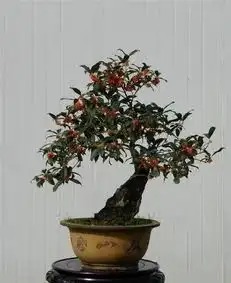Maintenance of potted osmanthus
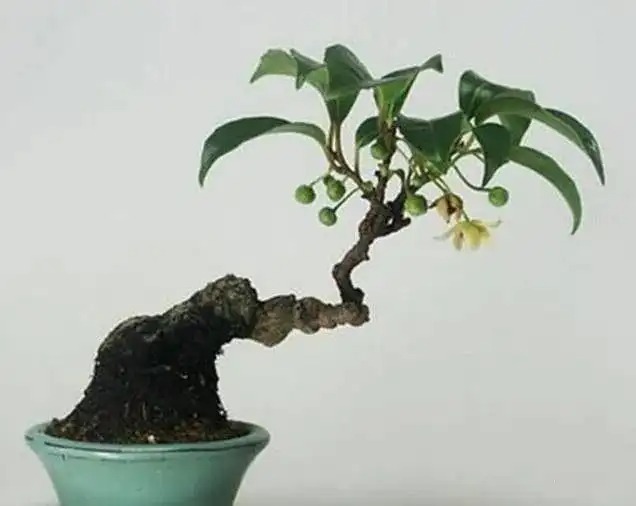
Osmanthus fragrans is a flower plant with evergreen branches and leaves and fragrant flowers. It can be planted not only on the roadside, in parks and gardens, but also in pots and on balconies. In autumn, it blooms with fragrant and beautiful flowers.
When growing osmanthus at home, especially as a potted plant or bonsai, the first thing to pay attention to is the amount of watering and light. Osmanthus likes sunlight, but it should be avoided from being exposed to the sun and watered thoroughly. As long as you pay attention to these two points, it will not be a problem to grow osmanthus well.
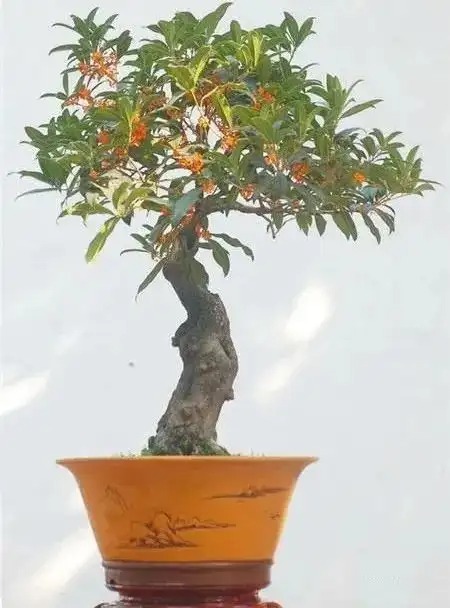
1. Variety Improvement
Bonsai osmanthus can be grafted, and branch grafting is the most common grafting method. Branch grafting includes cut grafting, cleft grafting and approach grafting. Common rootstocks include Ligustrum lucidum, wax tree, Ligustrum lucidum and other tree species.
Cut grafting is widely used. When grafting, cut the stock 5 cm from the soil surface, choose the side with smoother bark, cut vertically with a little wood, and make a 2-3 cm deep cut. The scion is a one-year-old mature branch, 6-8 cm long, with 2-3 nodes. The lower end of the scion is cut into a 2-3 cm bevel, and the reverse side is cut into a short bevel of about 1 cm. Then the long bevel of the scion is close to the cut surface of the stock, inserted into the cut, so that the cambium of the two cut surfaces is closely connected, and then the cortex of the cut of the stock is wrapped around the outside of the scion, tied and fixed with a plastic film belt, the cut of the stock and the top of the scion are sealed to prevent water evaporation, which is easy to survive.
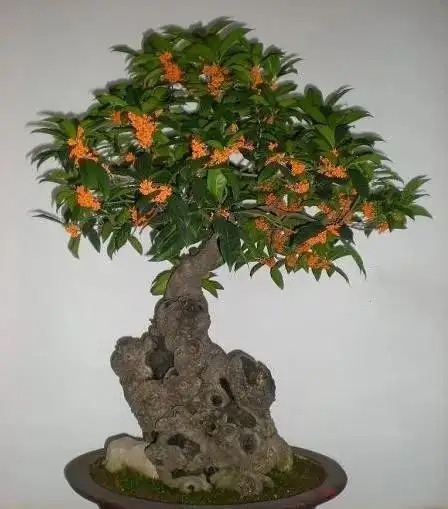
Grafting is to cut off the woody parts of the scion's mother branch and the rootstock's mother branch by 5 to 10 cm in length and 1/3 to 1/2 of the trunk diameter, combine the two, tie them up with plastic film, and separate them after they survive. Grafting is very reliable, and this method is often used in the cultivation of potted Osmanthus fragrans in garden nurseries.
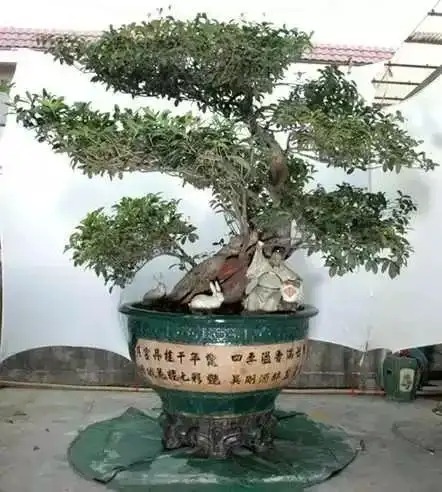
Layering is also commonly used and is easy to survive.
The survival rate of cuttings is high in the rainy season when using tender branches of the current year. Cuttings should be cut from osmanthus trees of good varieties and strong plants, which can be about 10 years old. The length is 8 to 10 cm and the thickness is 0.3 to 0.5 cm. The top is removed and two leaves are retained. Before cutting, soak them in 100ppm naphthaleneacetic acid solution for several hours and insert them into a clay pot or seedbed in sandy loam. The depth is 1.2 to 2.3 cm. It should not be too deep, otherwise, the ventilation is poor and the roots are easy to rot.
After planting, compact the soil with your fingers, water thoroughly, shade in time, maintain a certain humidity, spray water on the leaves frequently, and do not allow too much water in the soil. After about 60 days, roots will take shape. After rooting, light can be allowed in the morning and evening, and the light time can be increased in autumn to promote growth. It can be potted and cultivated in the spring of the following year.

2. Planting methods and measures
1. Cultivation pot soil
You can use mountain mud/leaf humus: garden soil: sandy soil in a ratio of 5:3:2, or you can use garden soil: stable manure: river sand in a ratio of 1:1. When potting, you should add decomposed organic fertilizer such as bone meal as base fertilizer. It is recommended to choose a clay pot with good air permeability for potted osmanthus. Put an insect-proof net or stone tiles at the bottom to facilitate drainage.
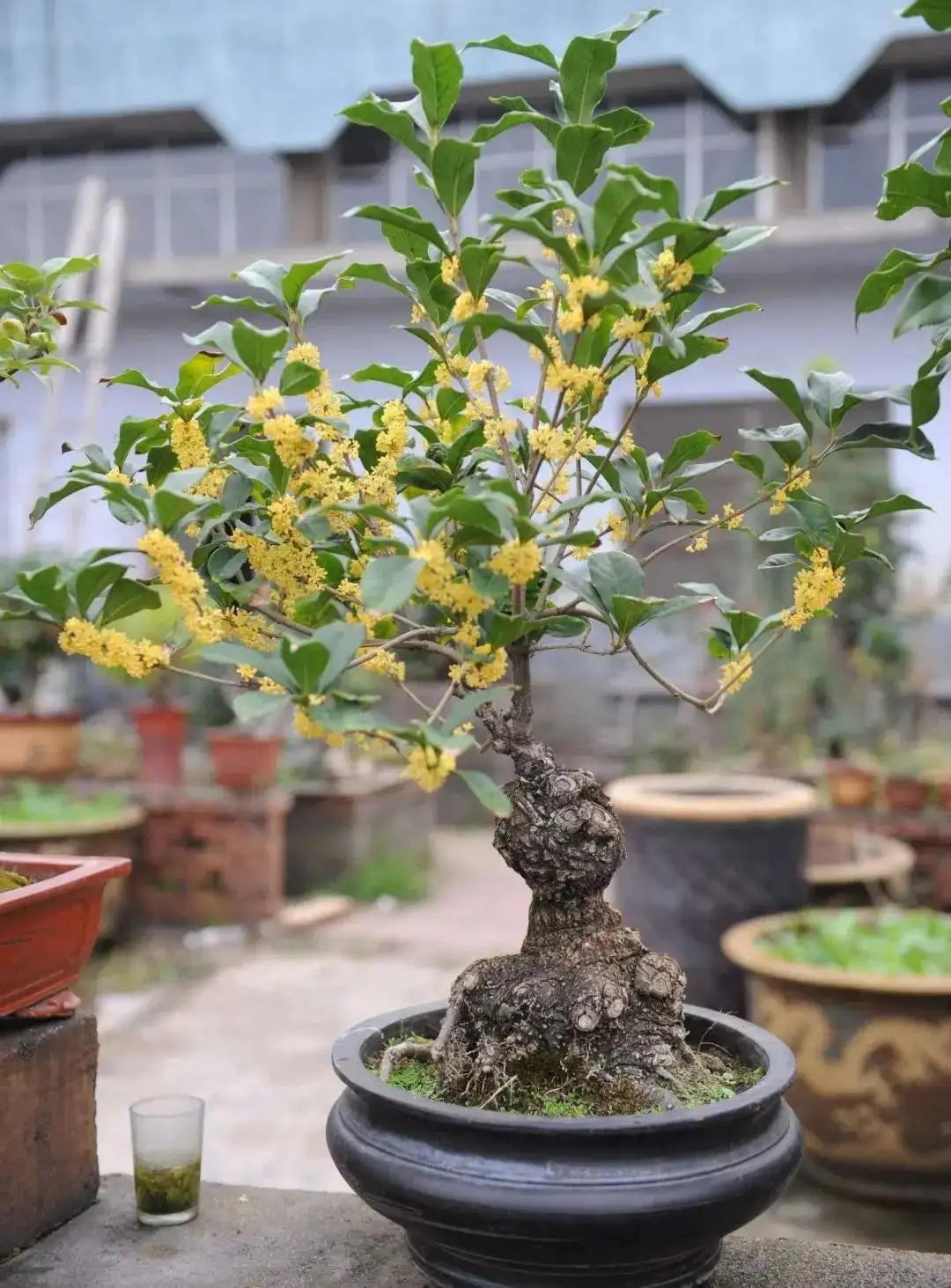
2. Planting time
In late autumn (November to early December), or in spring (February to early March), try to choose spring for seedling potting to avoid winter frost damage. After potting, water thoroughly, place in a ventilated place to slow down the seedlings, and move to a sunny place for maintenance after 1 week.
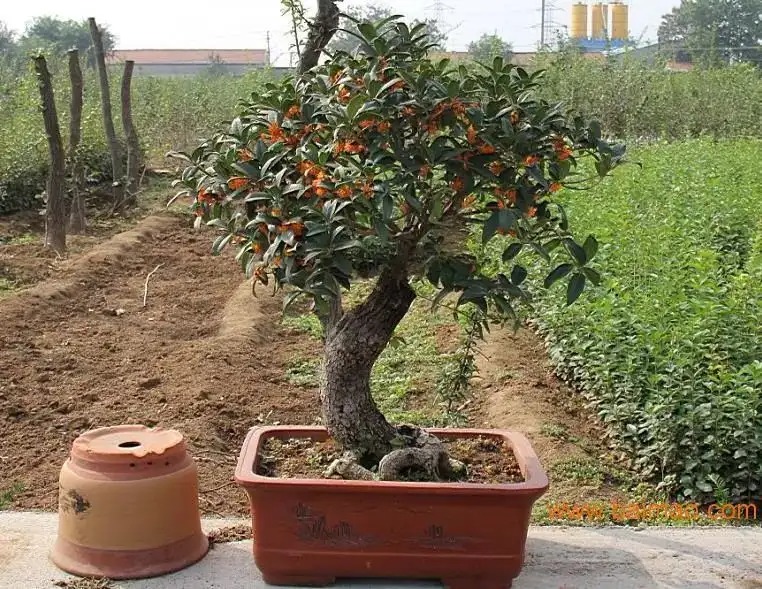
3. Watering
Water in time, less water before new shoots appear, less water in cloudy and rainy weather, and more water in dry weather in summer and autumn. It is advisable to keep the water content of the pot soil at about 50% during normal watering. Especially in autumn when flowering, if the pot soil is too wet, it is easy to cause flowers to fall. In daily management, follow the principle of not watering if it is not dry, and watering thoroughly if you do. Water once every 3 to 4 days in spring and autumn, once a day in high temperature in summer, and once every 7 to 10 days in winter. Water in the morning and evening in summer, and before or after noon in winter, so that the water temperature is close to the soil temperature, so as not to cause sudden cold or heat, which will damage the root system. Watering should be appropriate in autumn. In the rainy season, the pot soil should be prevented from being too wet or waterlogged. If there is waterlogging, it is necessary to pour water from the side pot in time to avoid root rot over time.
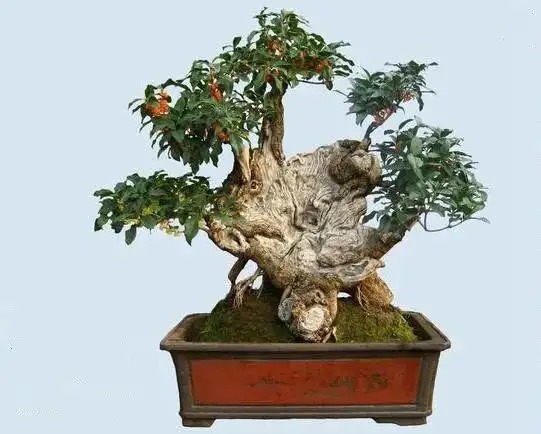
4. Apply topdressing skillfully. After the spring shoots emerge, apply a thin, fully decomposed cake fertilizer water every 10 days, or apply nitrogen fertilizer 1 to 2 times to promote the growth of branches and leaves. After July, apply a thin, decomposed chicken and duck manure water or fish water, or add 0.5% superphosphate to the above fertilizer liquid to promote germination and differentiation. Apply the last liquid fertilizer mainly composed of phosphorus fertilizer in early September, and the sweet-scented osmanthus will grow luxuriantly, bloom more, and smell fragrant. If the fertilizer is insufficient, especially the phosphorus fertilizer is insufficient, there will be fewer branches and flowers, and they will not be fragrant. Before fertilizing, the potting soil should be slightly dry, and it is advisable to loosen the soil first to facilitate the absorption of fertilizer. Water should be poured once the day after fertilizing. If compost or manure is used, it must be fully decomposed before use. When using superphosphate, its concentration should not exceed 2%.
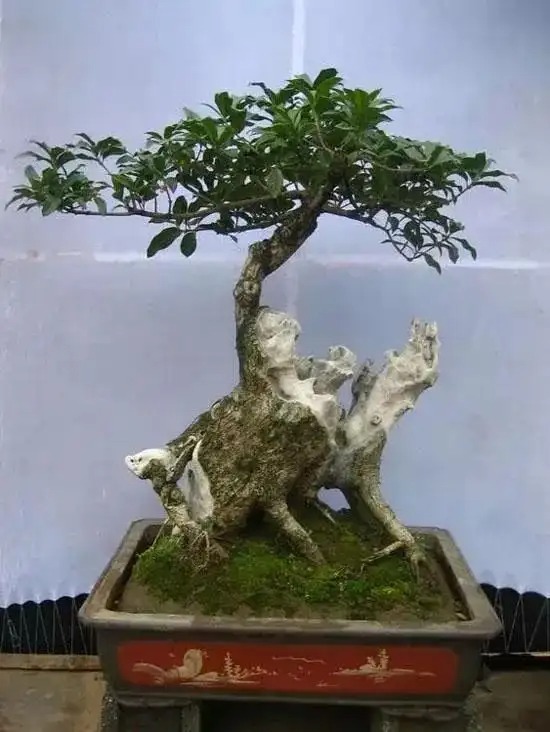
5. Pruning
Pruning should be done in autumn, and strong branches should be cut off to balance the tree. Overcrowded branches should be thinned out, and weak branches should be removed to concentrate nutrients for flowering. Pruning combined with water and fertilizer management can improve the healthy growth of osmanthus bonsai and maintain its beautiful posture.
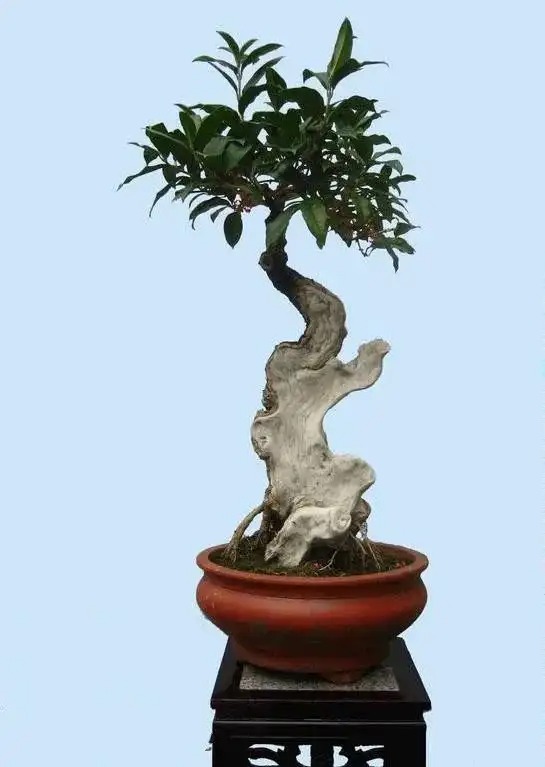
3. Precautions for cultivating osmanthus
1. Avoid excessive humidity. Osmanthus is a long-day flower that likes strong light and tolerates partial shade. Insufficient light and excessive humidity can easily cause soot disease, causing leaf fall, excessive growth, weak branches, poor differentiation of flower buds, and thus affecting flowering or even preventing flowering.
2. Prevent thinness. Osmanthus requires high fertilizer and water conditions. Insufficient nutrition will cause poor growth and affect the quality of flowering. It is required to apply nitrogen-based fertilizer once before each shoot sprouts, in December, June and September.

In the south, it can be cultivated in the open field over the winter, moved indoors and placed in a sunny place, with the room temperature kept above 5°C, but not exceeding 10°C. Move it outdoors after germination in April of the second year, and place it in a leeward and sunny place for maintenance. After stable growth, gradually move it to a ventilated sunny or semi-shaded environment. Insufficient light during the growth period affects flower bud differentiation.
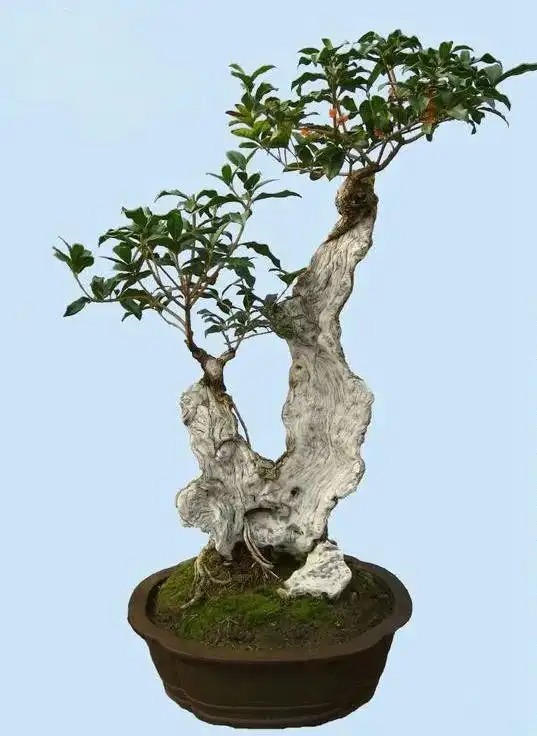
4. Pruning and shaping
Osmanthus fragrans has strong germination ability, well-developed root system, and mature osmanthus trees shoot twice a year in spring and autumn. Therefore, to make the osmanthus flowers and leaves luxuriant, proper pruning is required to facilitate the physiological balance of reproductive growth and nutritional growth. Therefore, the first pruning should be carried out after flowering in autumn. According to the growth of the plant, remove the overcrowded branches and overgrown branches, and leave thick and short branches evenly on each side branch. The second pruning should be carried out before budding in early spring, and the weak branches, diseased and insect-infested branches should be cut off to facilitate ventilation and light transmission, so as to promote it to breed more and fuller flower buds. During the growth period, the sprouting branches should be cut off frequently to facilitate flowering and luxuriant. In addition, potted osmanthus should choose plants with short and strong plant types, compact branches and leaves, and thick trunks. Repotting should be done every 1 to 2 years in early spring. In the north, osmanthus should be moved to a cold room above 0℃ in late autumn to overwinter. Keep the pot soil slightly moist to make it fully dormant, which is conducive to flowering next year. Move it to a ventilated and sunny place outdoors for maintenance after the Qingming Festival in the second year.
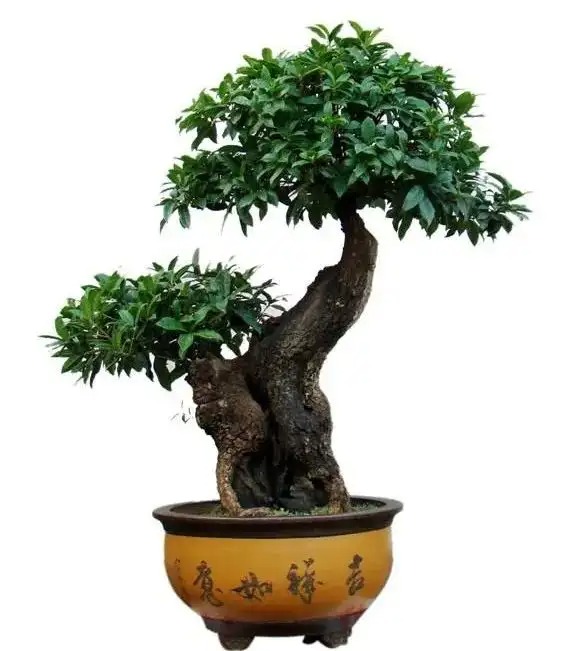
5. Disease and pest control.
Osmanthus is often prone to anthracnose, brown spot, gray plaster disease, wilt spot, algal spot, sooty mold, and blackthorn whitefly, scale insects, bagworm moths, caterpillar moths, grasshoppers, osmanthus leafhoppers and other pests and diseases, which require timely spraying of pesticides for prevention and control.
